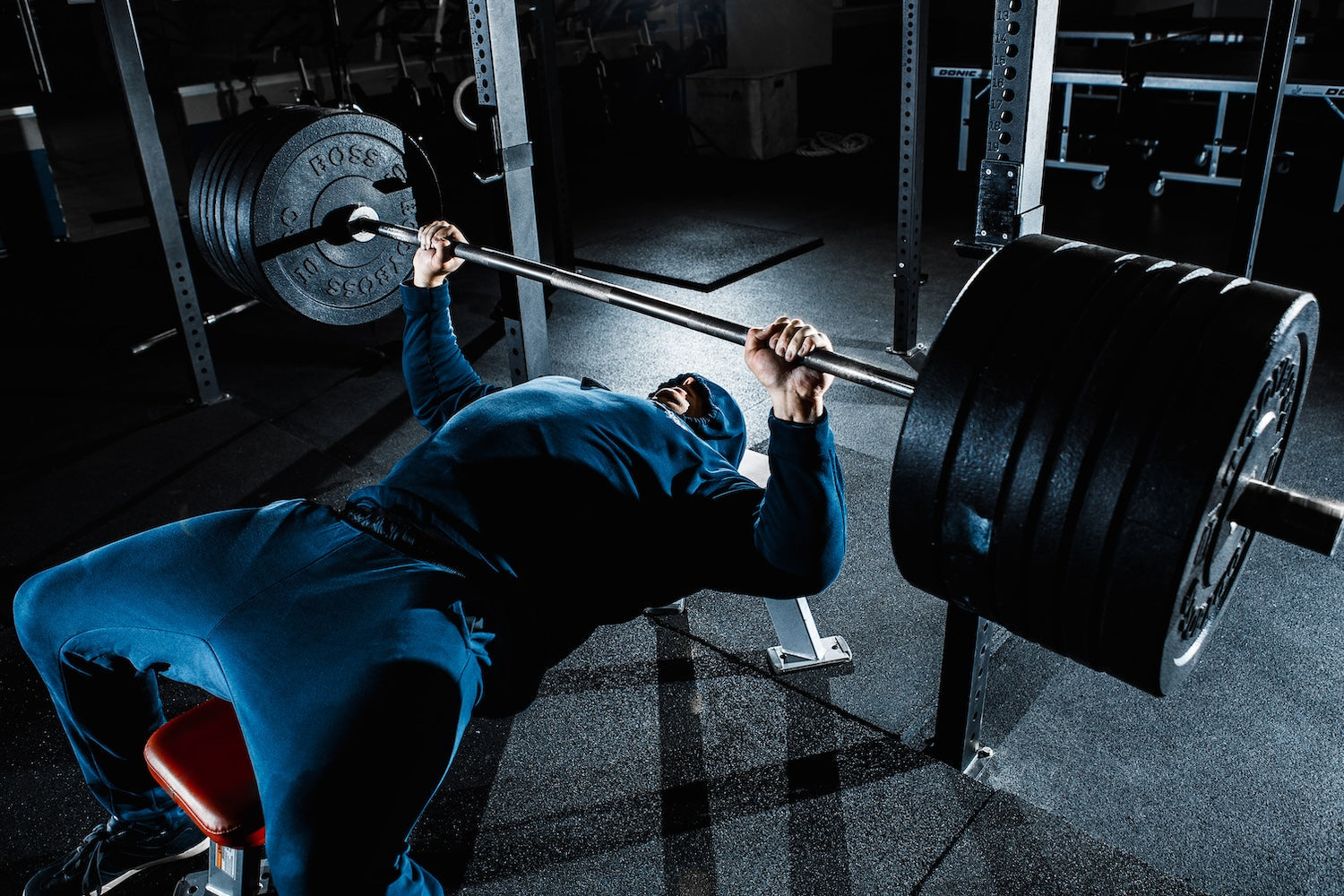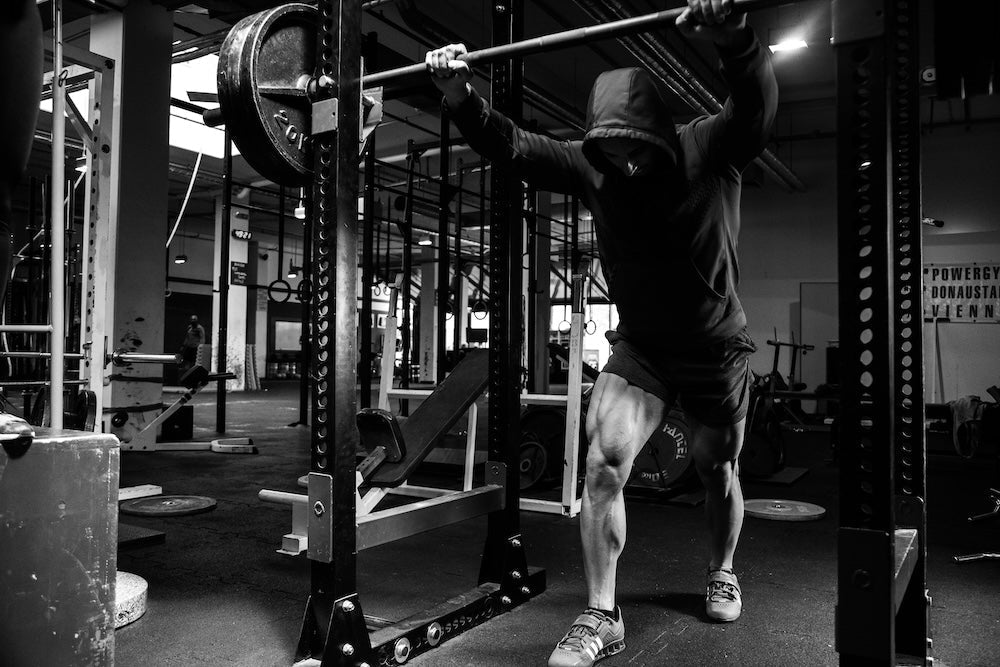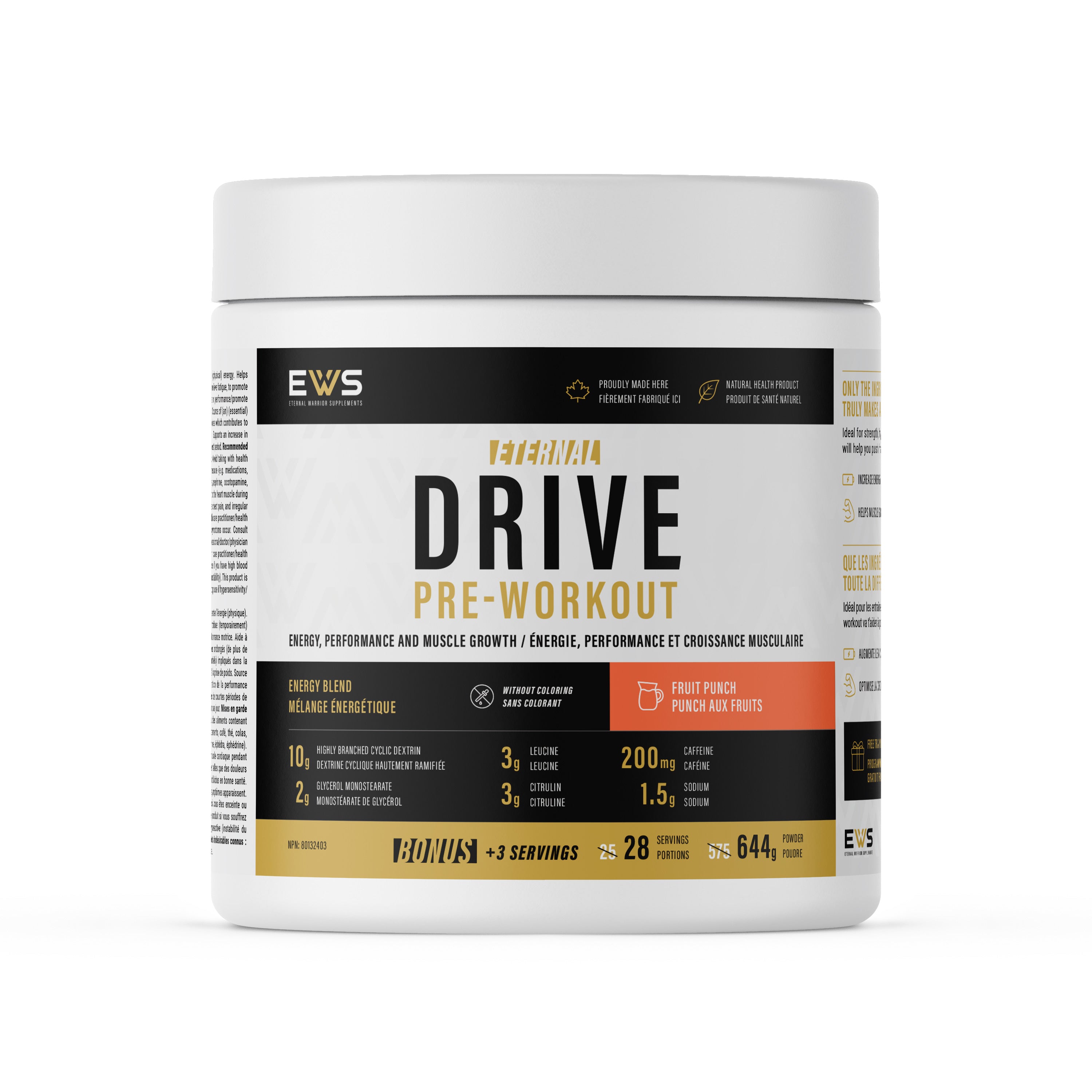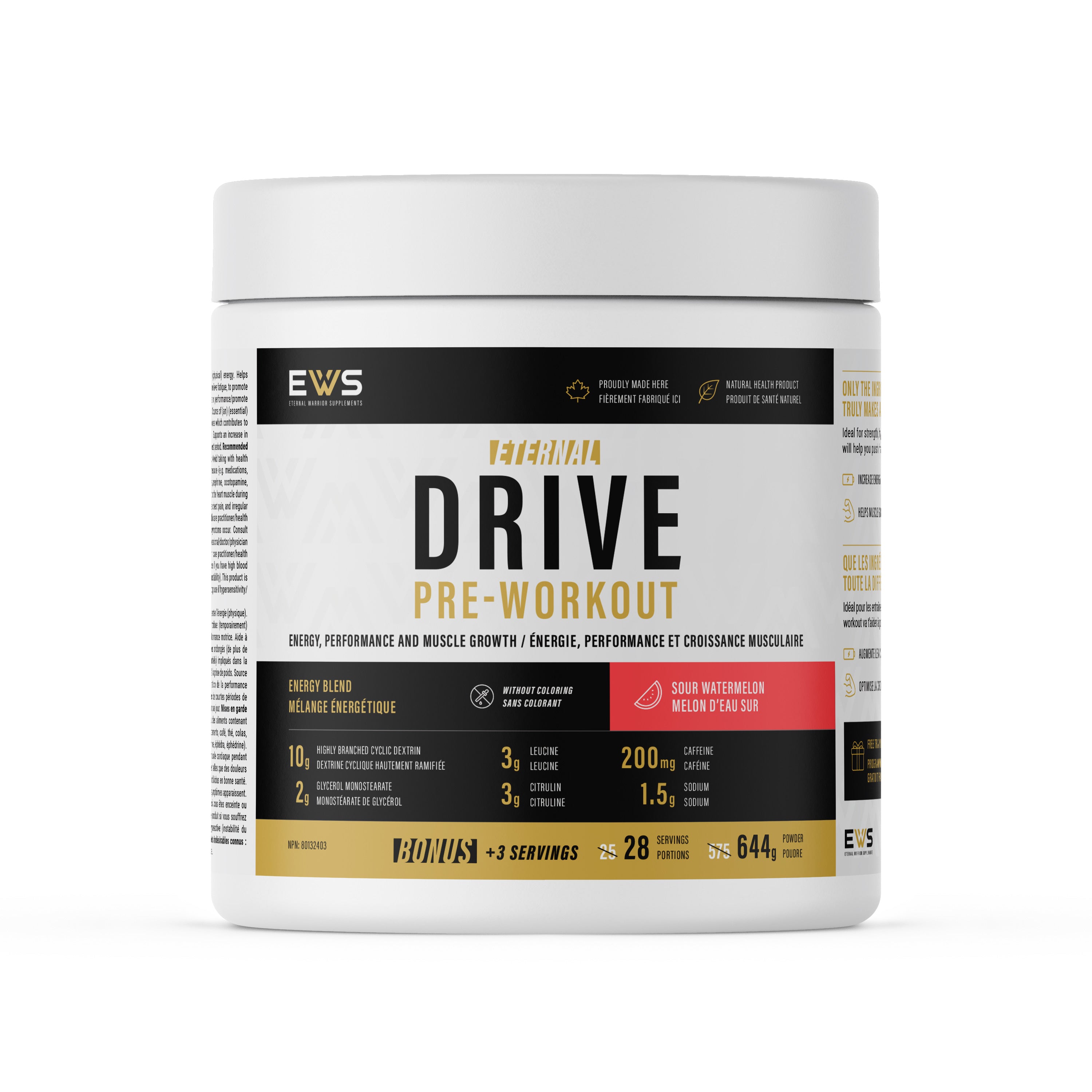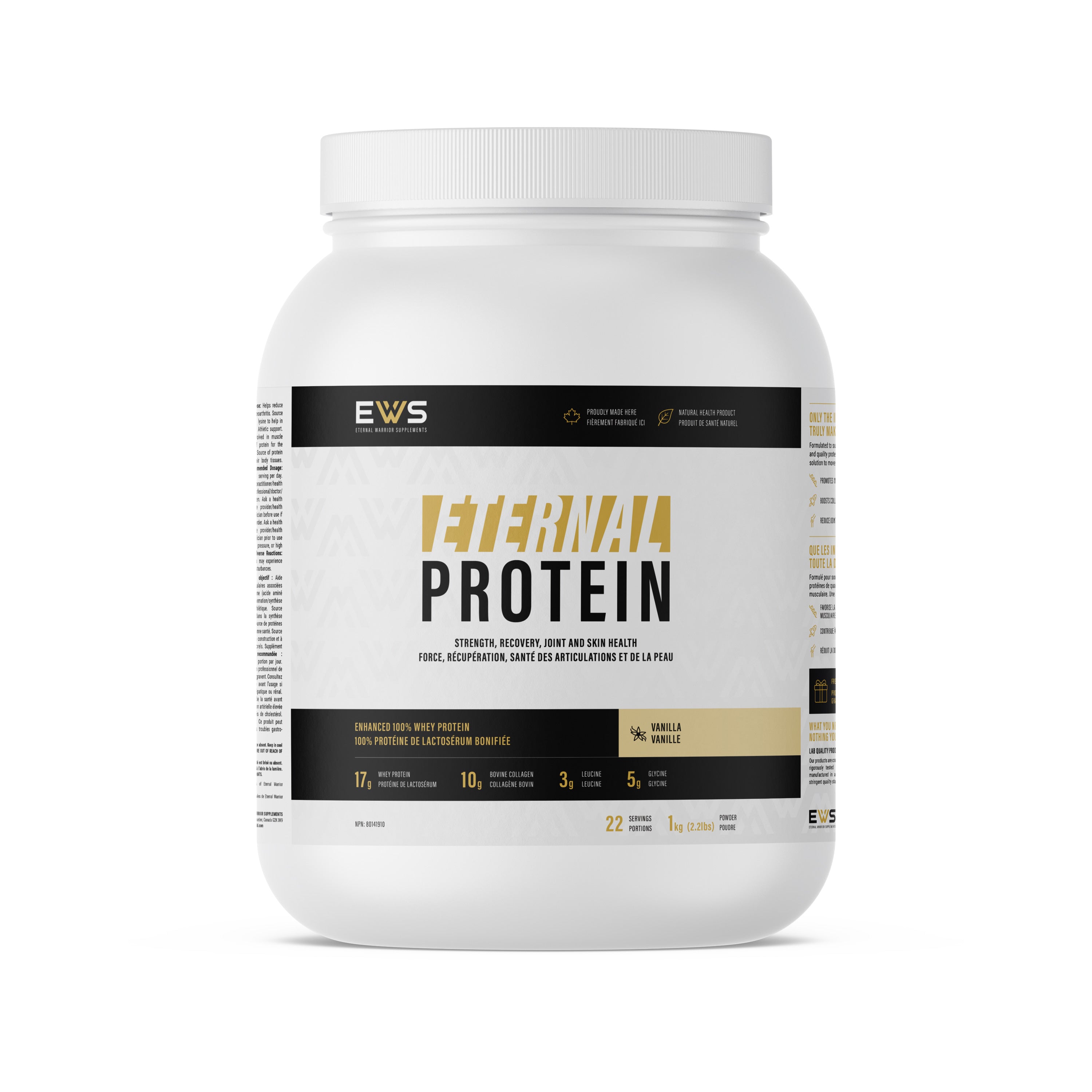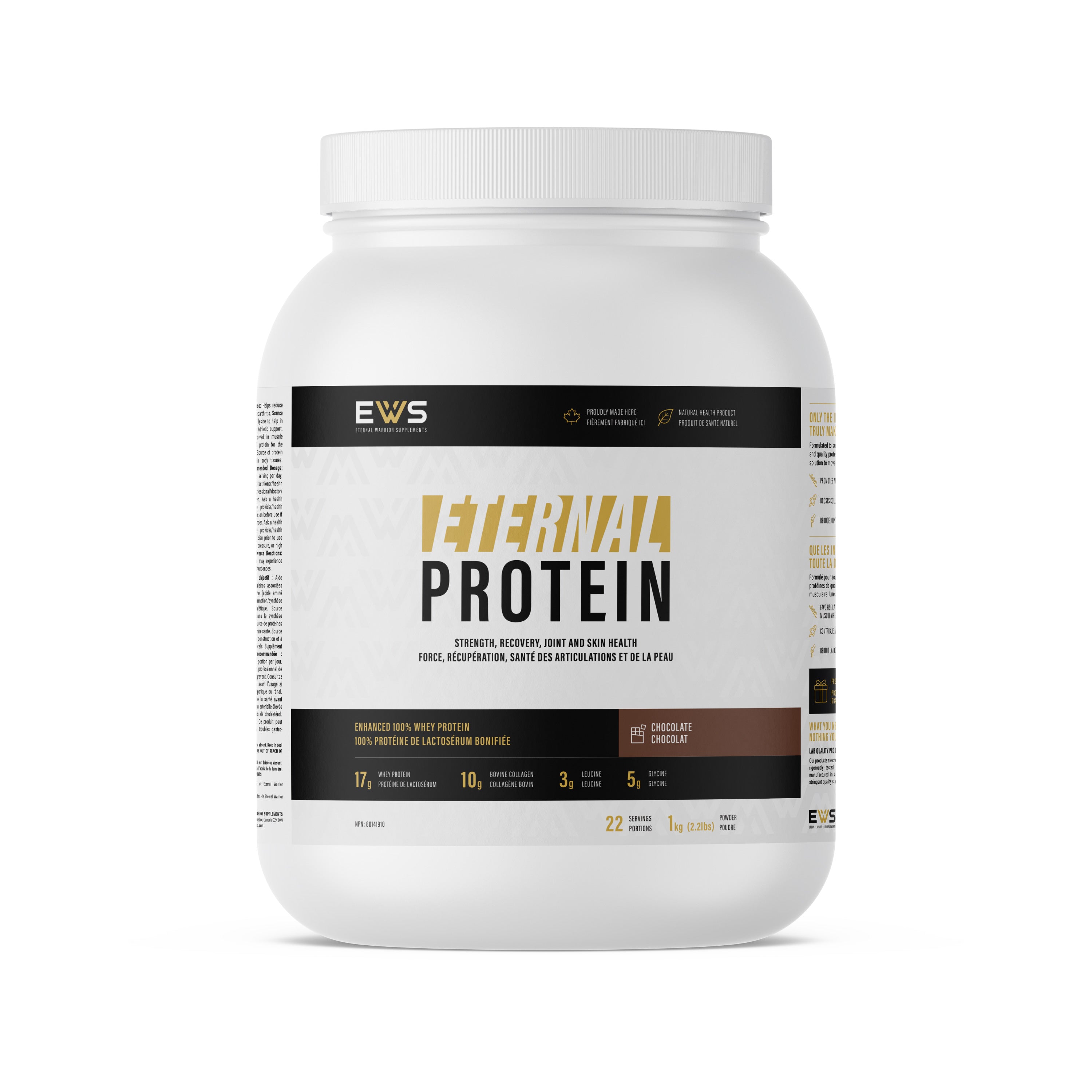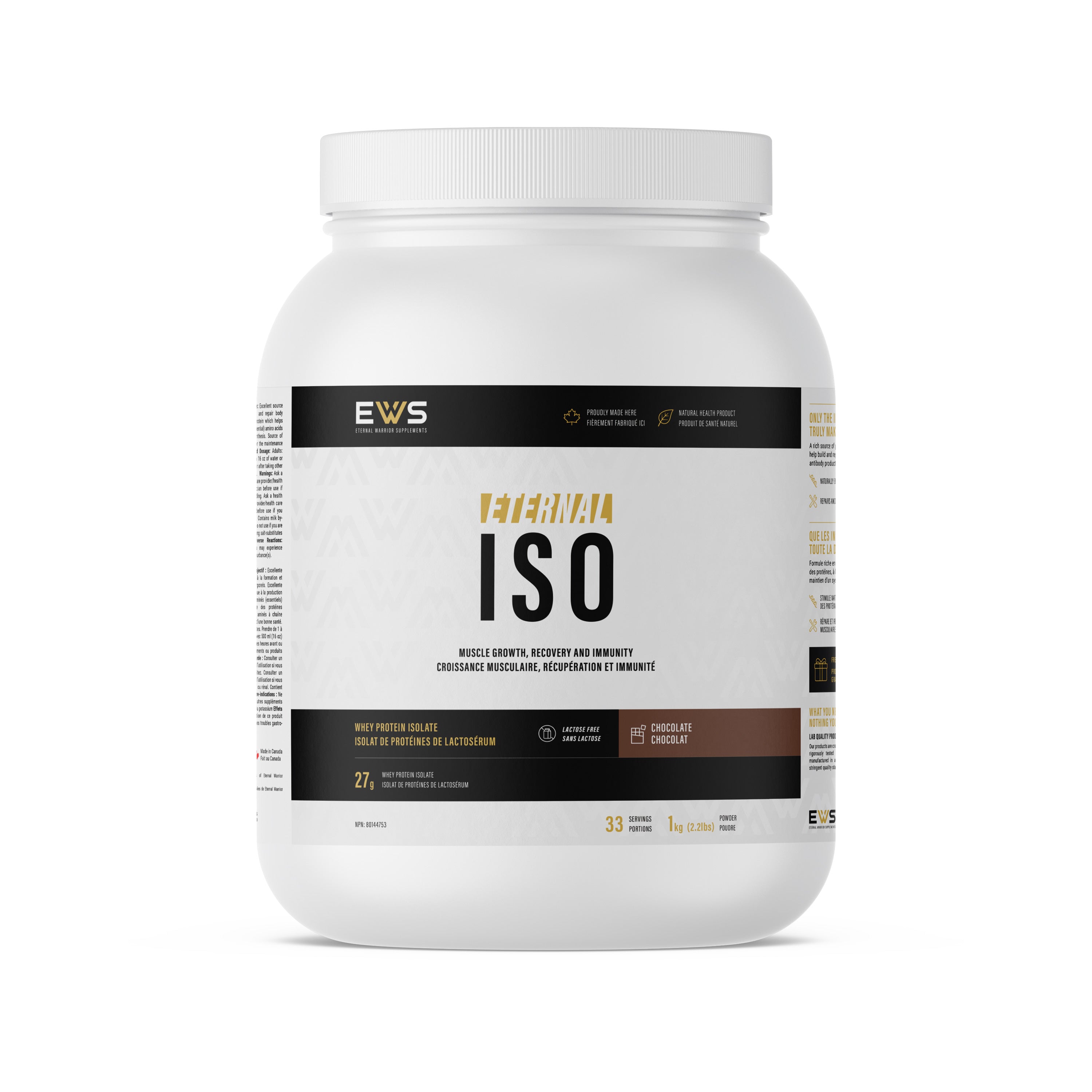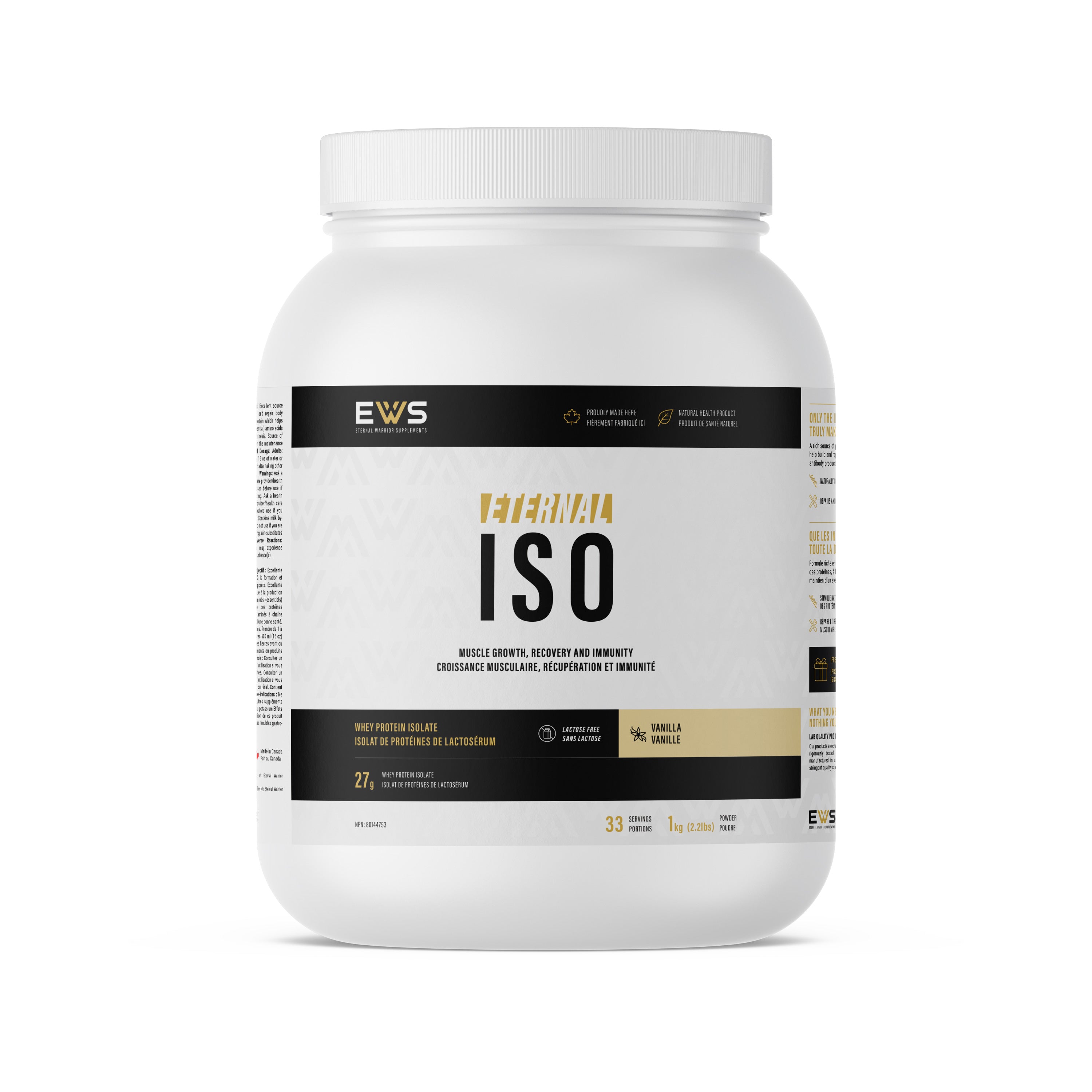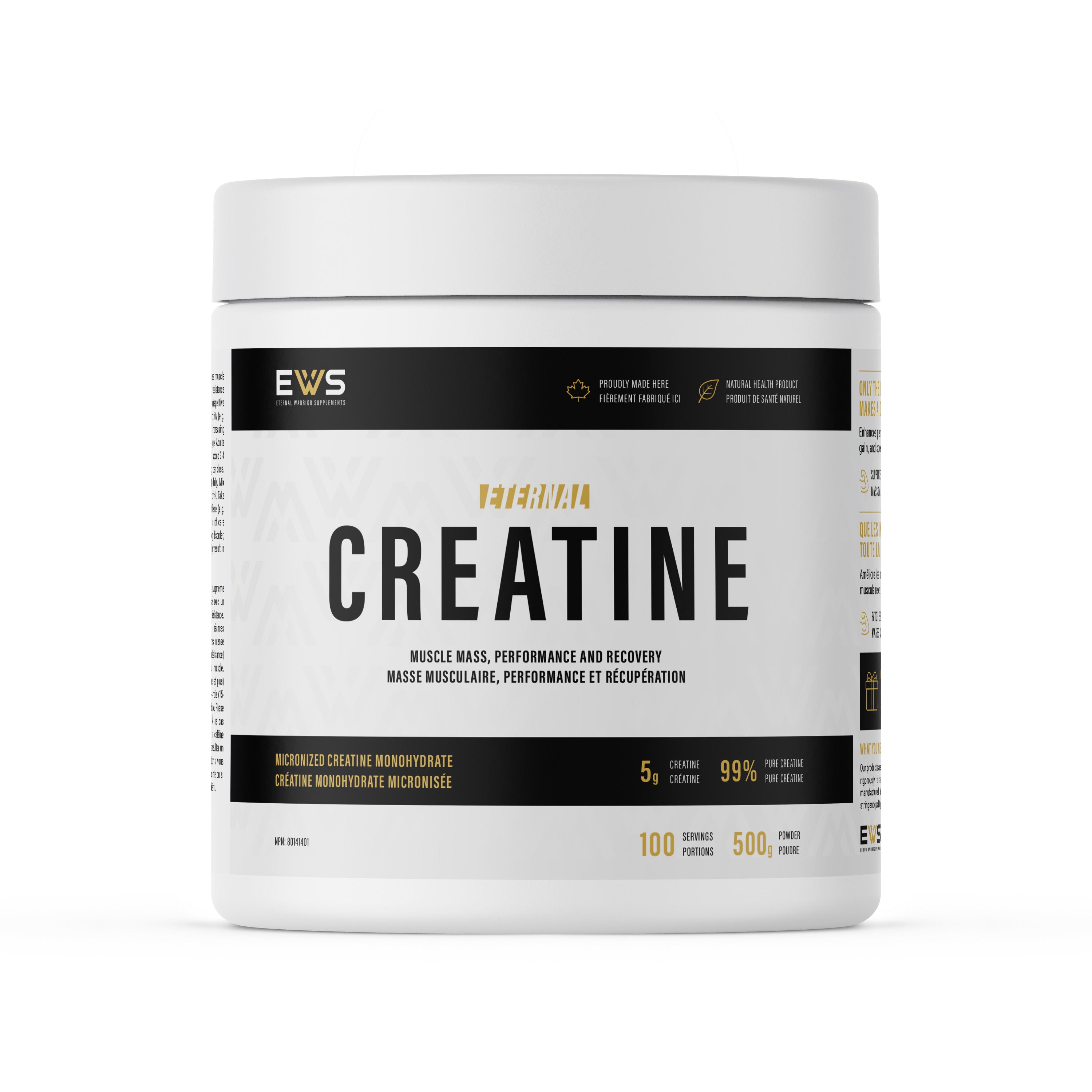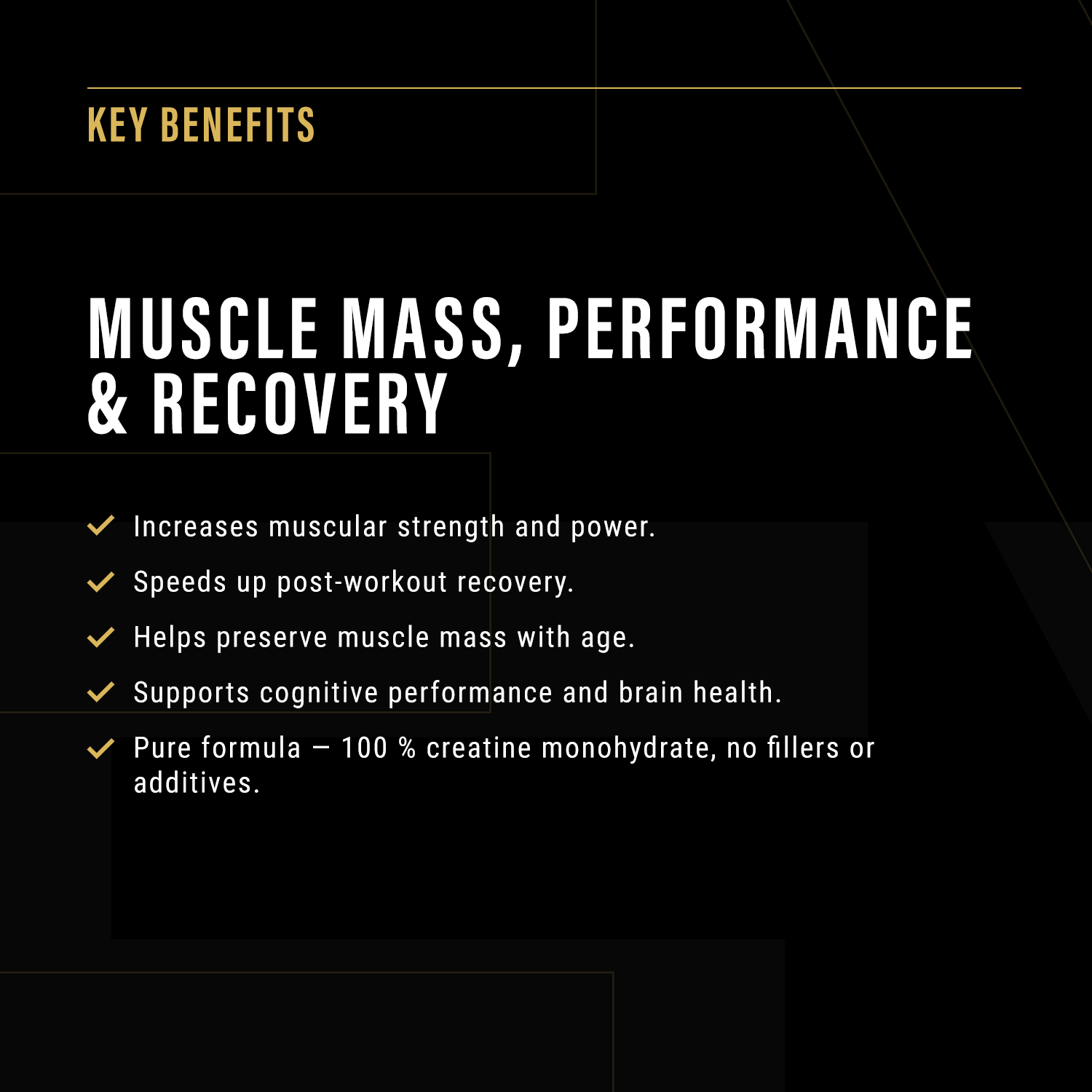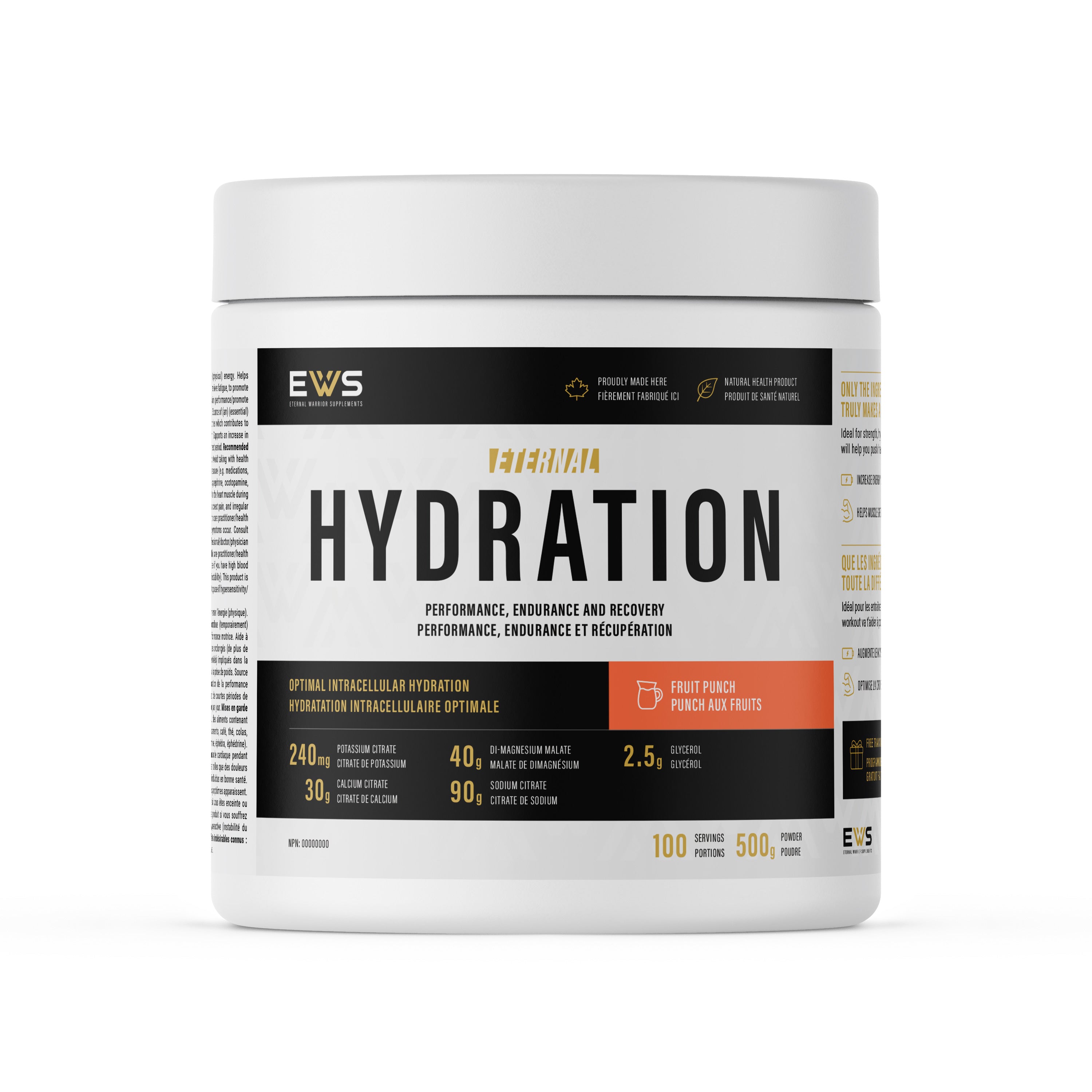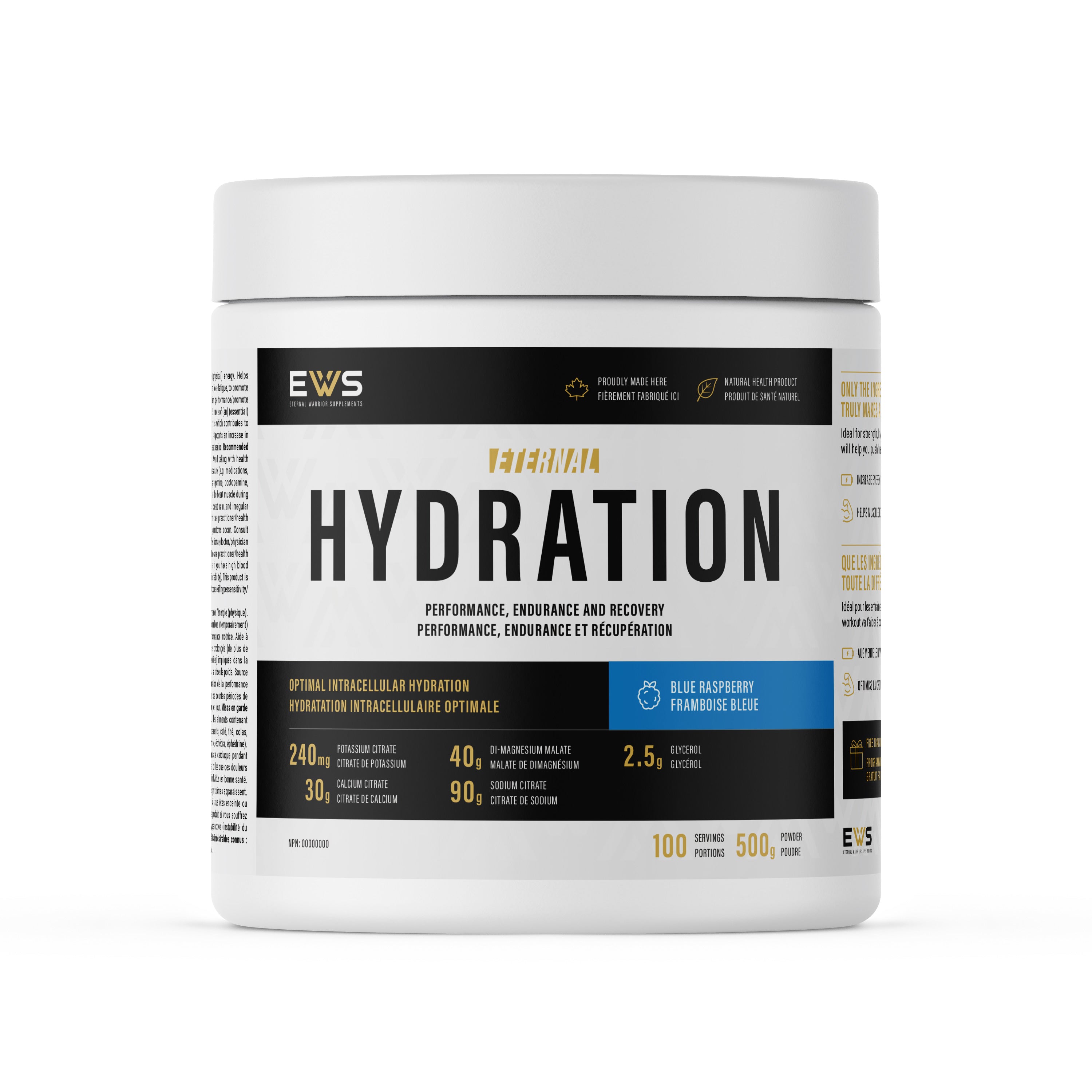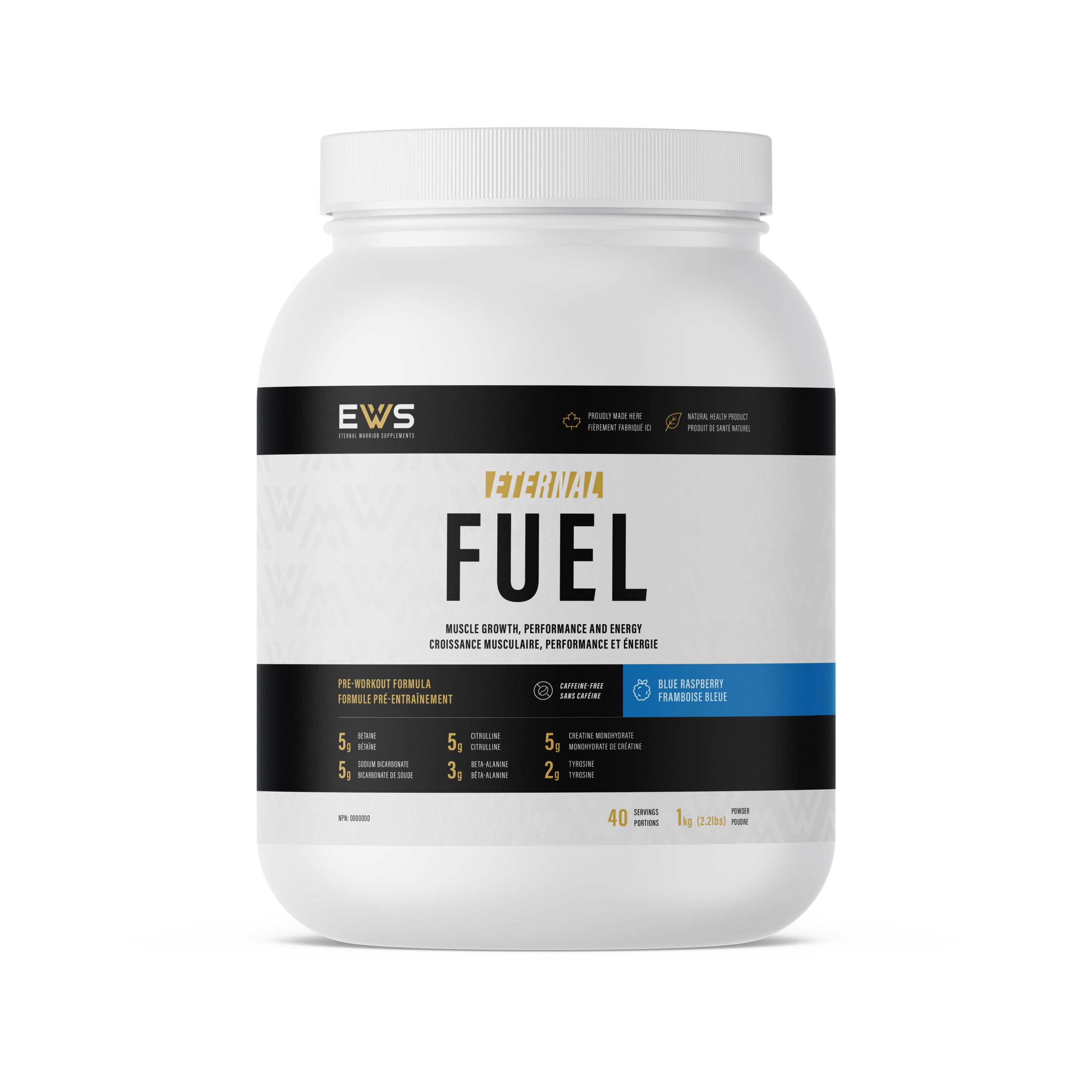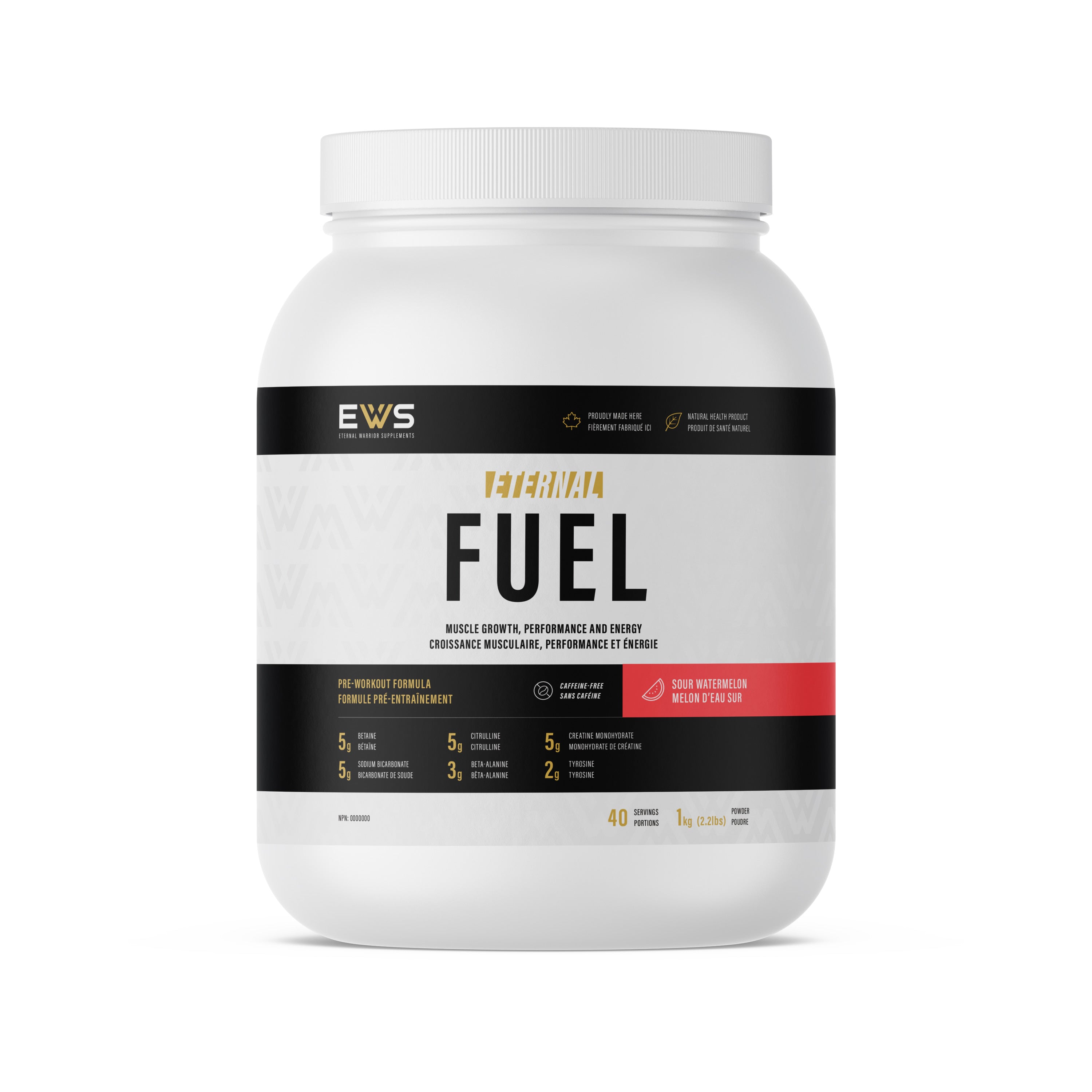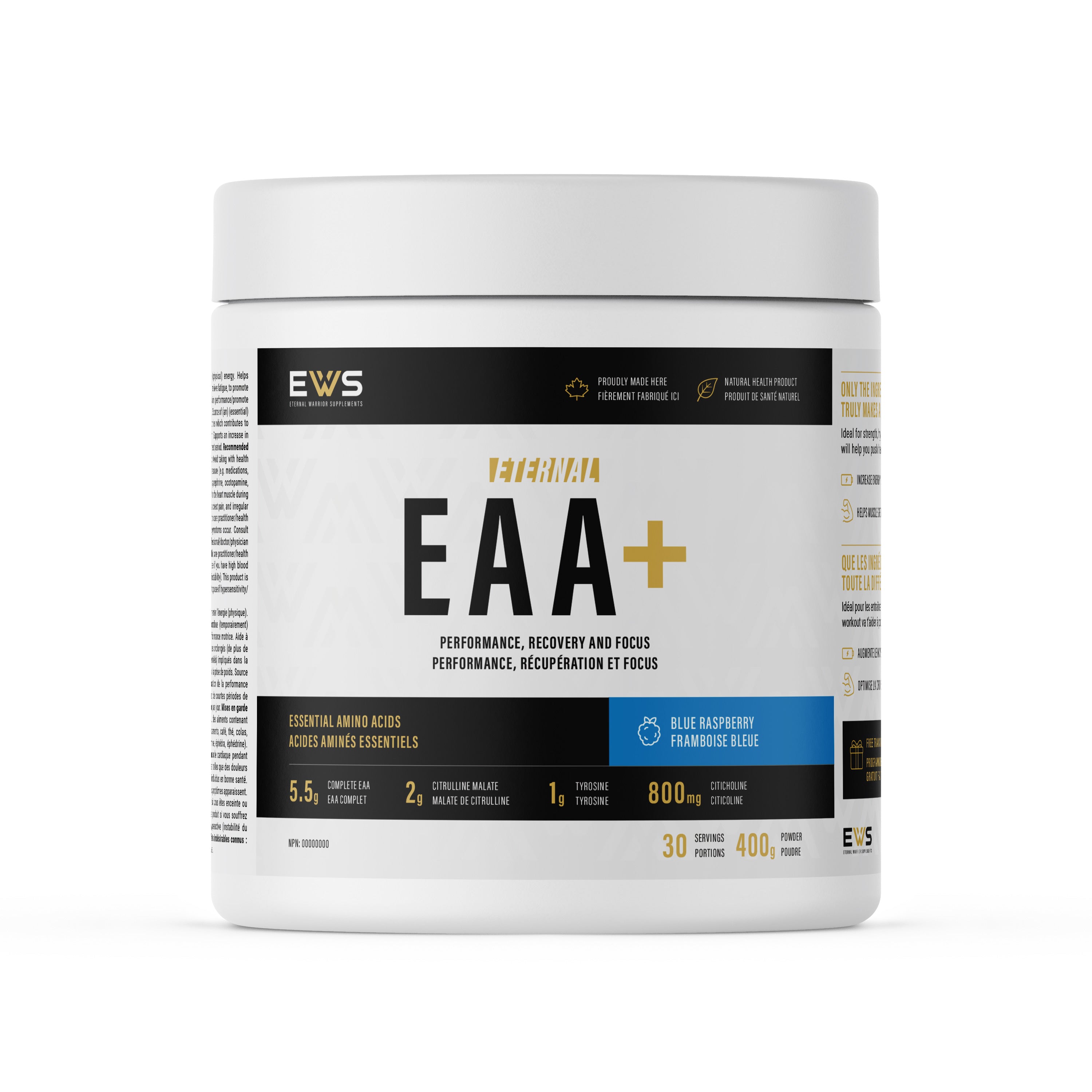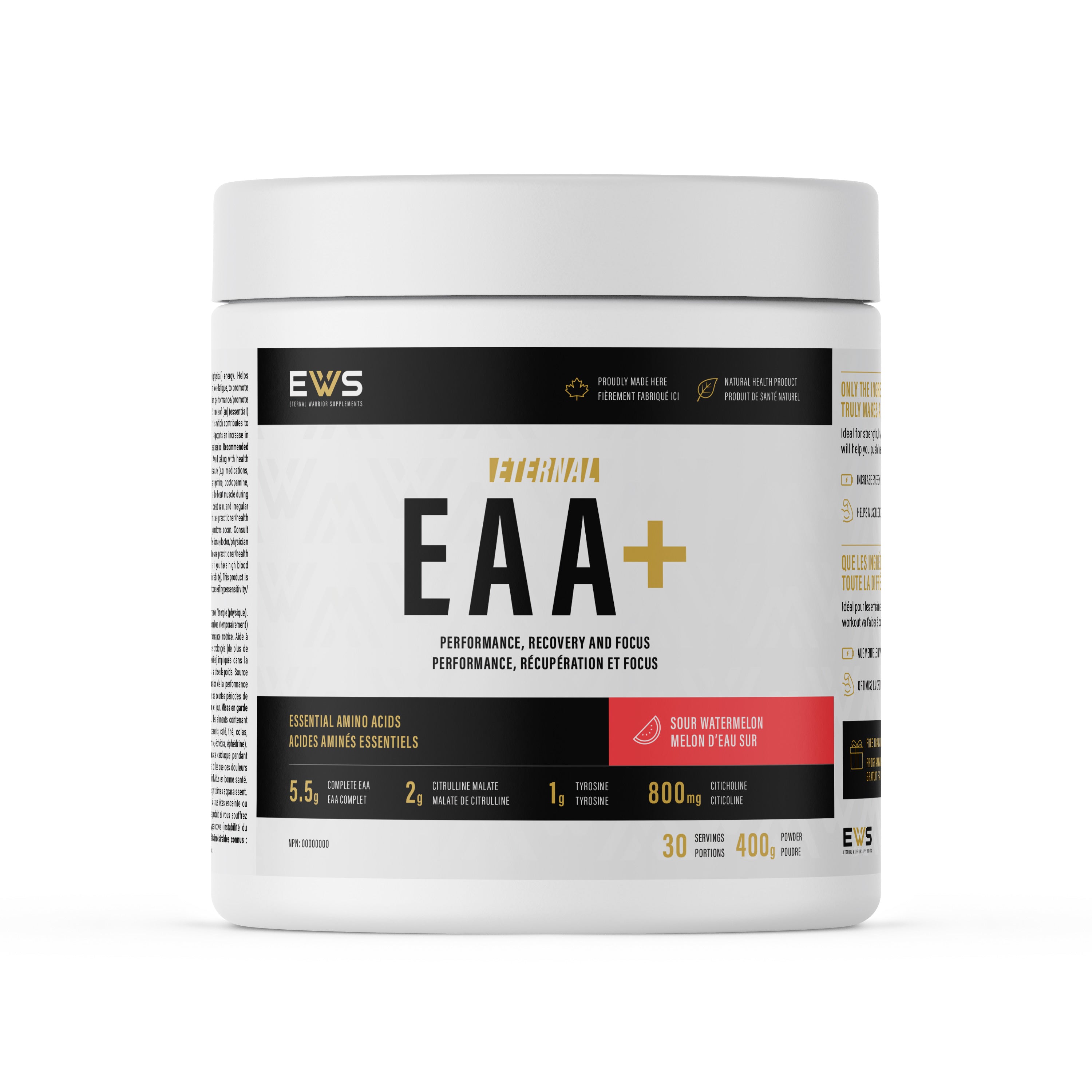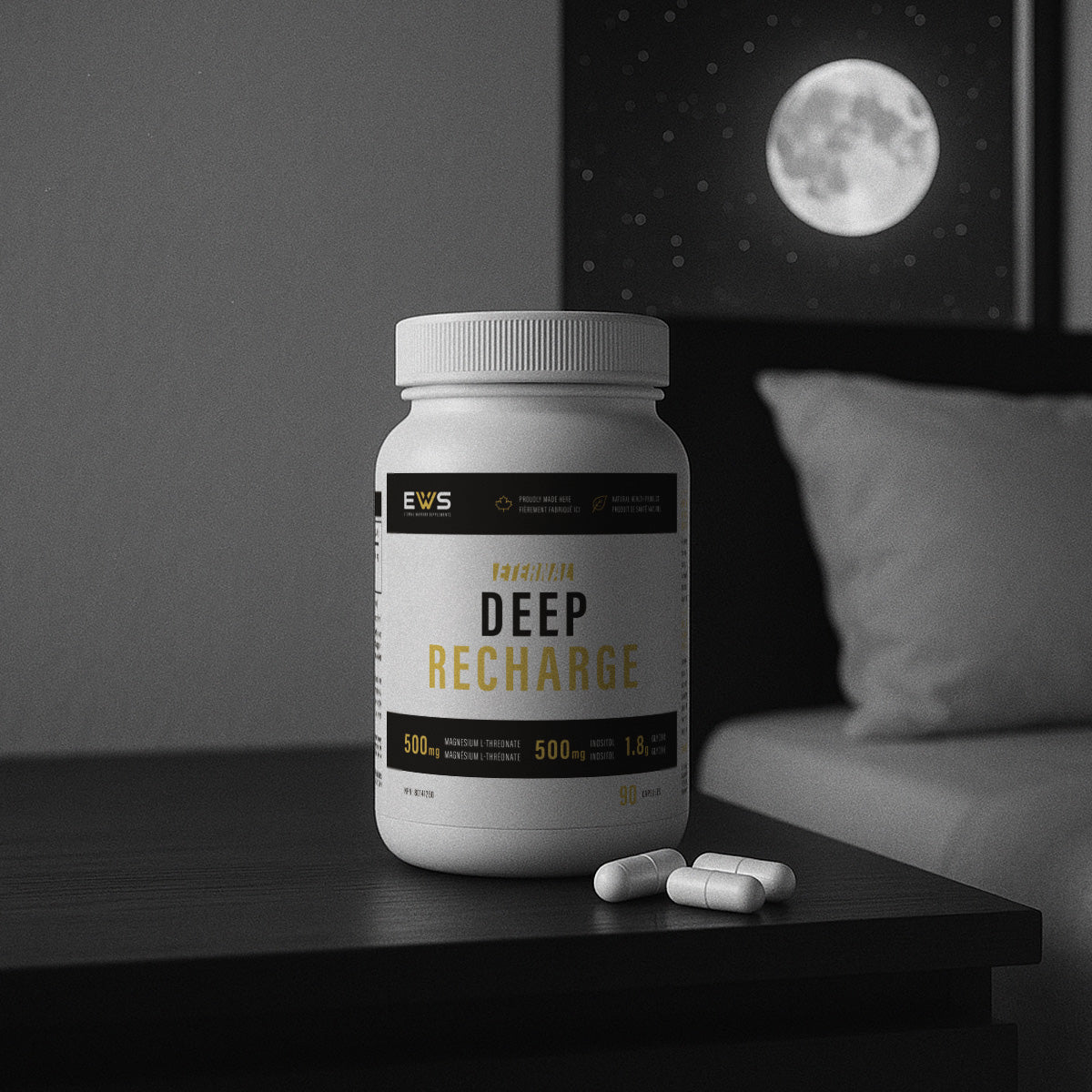By Christian Thibaudeau
Joe came stomping over like he was carrying the weight of the world on his shoulders—except it wasn’t on his shoulders, it was stuck on the squat rack.
He plopped down on the bench beside me, red in the face, half happy, half ready to blow a gasket.
“Coach,” he said, “I don’t get it. I’ve been working like a madman. I put a hundred pounds on my squat, fifty on my bench, I even dragged ten pounds of new muscle onto this frame. But now—nothing. The bar won’t budge. I strain, I grind, I fight it like it owes me money—and it doesn’t move. I thought I was supposed to keep going up. More weight, more strength, more muscle. But it just stopped!”
He shook his head like he couldn’t decide if he wanted to celebrate or cry.
Big Charles was leaning against the chalk bucket, watching. Charles was one of those mountains who looked like he’d been born with a barbell in his hands. He let out a chuckle.
“Joe,” he said, “you’re like a kid who wants to climb stairs three at a time. Works fine on the first flight. By the third, you’re on your face.”
Joe scowled. “So what am I supposed to do? I can’t just stop pushing. I thought the whole point was to go heavy and fight for every rep.”
The Tank You’re Always Emptying
“Here’s the problem,” I said. “You’re emptying the tank every workout. You load up, you strain, you grind, and you push until the bar pins you. That’s not training for strength. That’s testing your strength. And there’s a big difference.”
Charles nodded. “Strength training isn’t about proving how strong you are today. It’s about building how strong you’ll be tomorrow. You don’t build by running yourself into the ground. You build by stacking bricks, one at a time.”
Joe looked like he’d swallowed a lemon. “So you’re saying I shouldn’t go all out?”
“Exactly,” I said. “Lift heavy, sure. But leave a couple of reps in the tank. Don’t take every set to failure. Save that fight for the platform or the day you want to see where you really stand. In training, you stop short. You teach your body to get stronger without burning it out.”
Patience with the Plates
Joe was fidgeting like I’d just told him to take a vacation during finals week.
“But I’ve been adding weight every week,” he said. “That’s what you told me to do!”
“And it worked,” I said. “For a while. But here’s the truth: the stronger you get, the slower you have to progress. At the start, sure, you can add weight every week. You’re just waking things up. But as the bar gets heavier, your body needs more time to adapt. You can’t keep piling plates on like clockwork. Progress gets smaller, but it keeps coming if you’re patient.”
Charles leaned in. “You don’t pick fruit before it’s ripe, Joe. You wait, and you get more for your trouble.”
The Cycle
“So here’s what we’re going to do,” I said. “We’re going to reload. Take the weights back down to about seventy percent of your max. Sets of three to five, but this time you’ll keep two or three reps in reserve. You’ll do three workouts with the same weight before you go up. No rushing.”
Joe’s jaw dropped. “Back down? That’s going backwards!”
Charles shook his head. “No, it’s cycling. You start fairly easy, you ramp up gradually, and when you hit your wall—you don’t smash your head against it. You back off, just a little heavier than where you started last time, and you climb again. Each cycle gets you further. Each cycle builds a bigger base. You give your body a break before it forces one on you.”
I grinned. “You keep pushing all-out, your body’ll take the break for you—by stalling, burning out, or getting hurt. Better to build it in yourself.” Joe sat back, chewing it over. He didn’t like the idea of backing off—no young man ever does. But I could see the wheels turning.
“So you’re saying,” he said slowly, “if I pull back now, go easier for a while, I’ll end up stronger later?”
Charles folded his arms. “Exactly. You reload the bar, Joe, not your ego. You want steady gains, you learn to cycle. Heavy enough to build, light enough to last.”
Joe looked from Charles to me, then to the barbell. His frustration was still there, but underneath it, something else was starting to grow—something calmer, steadier.
“All right,” he said finally. “Let’s try it your way.”
Charles clapped him on the back hard enough to rattle his teeth. “Good. Now load seventy percent and do it right. Leave a couple in the tank. The weight will still be there next week. And the week after that. And when you’re ready for it—it’ll move.”
The plates clanged, the radio fizzed, and in that sweaty little gym, Joe took his first real lesson in patience—the kind of patience that builds real, lasting strength.
Cycling like Joe
A cycle like Joe switched to is pretty simple and it’s your introduction to periodized training. You start your lifts with around 70% of your maximum and do sets of 5. With Joe I’m using a whole-body approach 3 days per week on which we do the same 5 strength lifts (squat, bench, deadlift, military press, Pendlay row) and on the 4th day he started doing more traditional hypertrophy work for lagging muscles.
He uses the same weights for the 3 whole-body workouts during the week and the next week he adds 5lbs to the bench, military press and row and 10lbs on squats and deadlifts.
He keeps doing this every week, until he can not longer do sets of 5, at which point we go down to 3 reps and we keep adding weight until we can’t add anymore weights for the sets of 3. Then we come back down, around 10lbs more than the weights you started with on your previous cycle and you ramp back up the same weight.
Remember to always keep around 2 reps in the tank. This means that you switch to sets of 3 when you get your 5 reps, but know that you could not have done one more rep.
It can look like this:
Workout 1: 70%, 3 sets of 5 reps
Workout 2: 70%, 3 sets of 5 reps
Workout 3: 70%, 3 sets of 5 reps
Workout 5: 70% + 5-10lbs, 3 sets of 5 reps
Workout 6: 70% + 5-10lbs, 3 sets of 5 reps
Workout 7: 70% + 5-10lbs, 3 sets of 5 reps
Workout 8: 70% +10-20lbs, 3 sets of 5 reps
Workout 9: 70% +10-20lbs, 3 sets of 5 reps
Workout 10: 70% +10-20lbs, 3 sets of 5 reps
Workout 12: 70% +15-30lbs, 3 sets of 3 reps
Workout 13: 70% +15-30lbs, 3 sets of 3 reps
Workout 14: 70% +15-30lbs, 3 sets of 3 reps
Workout 16: 70% +20-40lbs, 3 sets of 3 reps
Workout 17: 70% +20-40lbs, 3 sets of 3 reps
Workout 18: 70% +20-40lbs, 3 sets of 3 reps
RELOAD
Workout 20: 70% + 5-10lbs, 3 sets of 5
And build back up.
